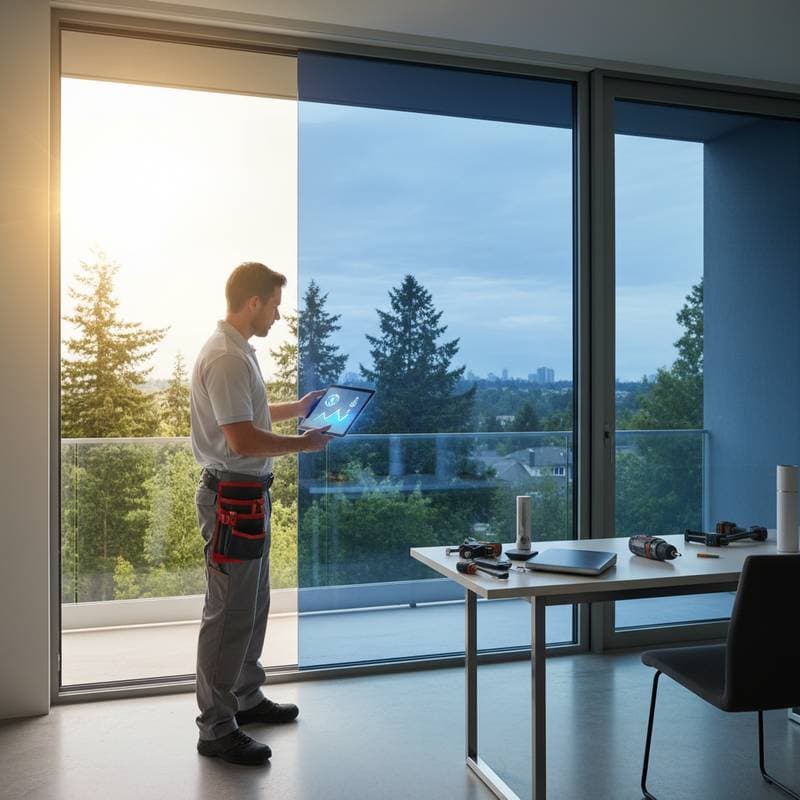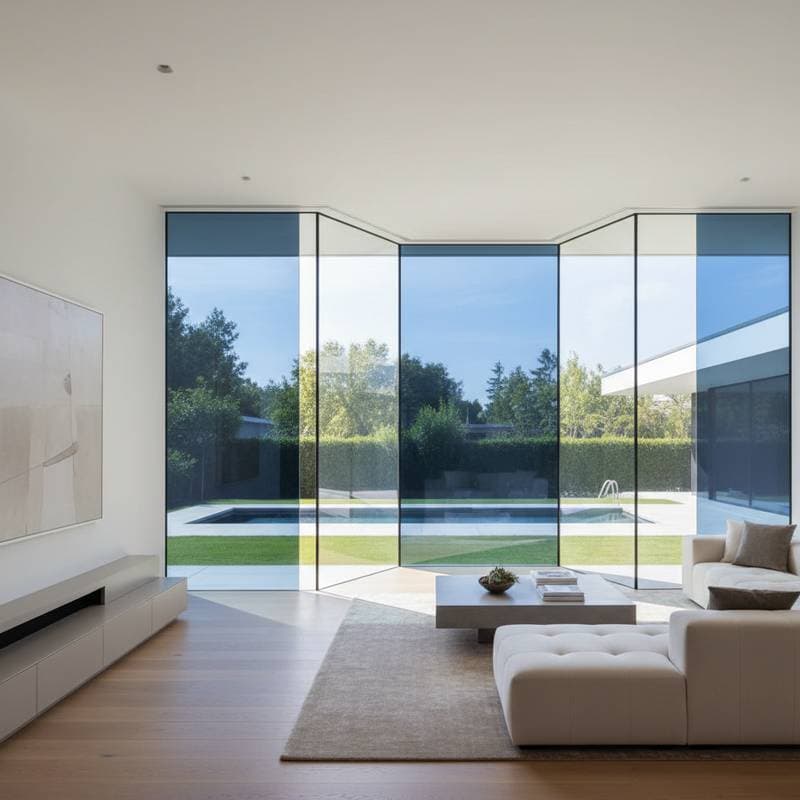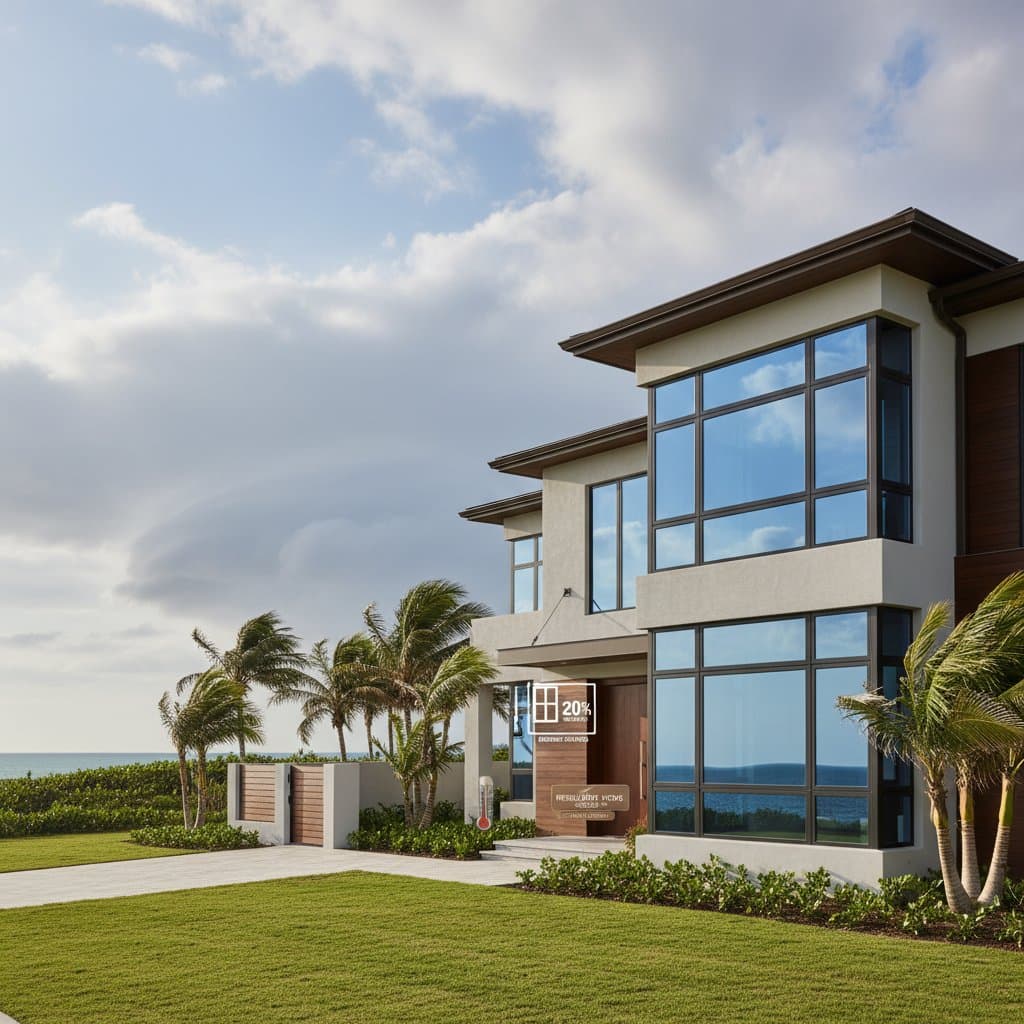Understanding the Benefits of Electrochromic Smart Windows
Electrochromic smart windows represent an innovative advancement in home technology. These windows adjust their tint level electronically to control light and heat, thereby optimizing indoor comfort while minimizing energy use. Homeowners who install them often experience reductions in heating and cooling costs by up to 40 percent, according to industry studies on energy-efficient glazing.
Beyond immediate savings, these windows contribute to property appreciation. Real estate experts note that properties equipped with smart features, including electrochromic glass, can see value increases of around 11 percent. This boost stems from the appeal of modern, sustainable upgrades that attract eco-conscious buyers. The technology integrates seamlessly with smart home systems, allowing remote control via apps or voice commands for added convenience.
Key Cost Factors to Consider
Several elements influence the overall expense of installing electrochromic windows. Understanding these helps in budgeting effectively and selecting options that align with specific needs.
Glass Type
Basic electrochromic glass, which transitions from clear to tinted, typically costs between $500 and $700 per window. This option provides essential light and heat control suitable for most residential applications. Advanced models with full-spectrum capabilities, including dynamic shading that responds to solar changes, range up to $1,200 per window. These premium versions offer superior performance in varying climates, blocking more ultraviolet rays and infrared heat.
Size and Shape
Standard window sizes keep costs predictable, but larger or custom-shaped units increase expenses due to additional materials and fabrication. For instance, oversized panes may require structural reinforcements or specialized handling equipment like cranes, adding $300 to $600 per opening. Custom shapes, such as arches or angles, demand precise cutting and fitting, which further elevates the price.
Labor and Wiring
Professional installation fees generally fall between $200 and $400 per window, covering removal of old units and precise placement of new ones. Wired control systems add $150 to $300, involving connections to the home's electrical framework. Wireless alternatives, while costing more initially, eliminate the need for invasive wiring, reducing labor time and potential damage to walls or finishes.
Controls and Integration
Pairing windows with existing smart home systems incurs costs of $100 to $250 per window. If a home automation hub is already in place, integration might involve only a software update or module, minimizing additional hardware needs. Compatibility with platforms like those from major smart home providers ensures smooth operation and future-proofing.
Disposal and Permits
Removing and disposing of old windows adds $50 to $100 per unit, including safe handling of glass and frames. In certain areas, electrochromic installations qualify as specialized energy systems, necessitating electrical permits that cost $75 to $150. Local building codes vary, so verifying requirements early avoids unexpected fees.
Installation: Professional Versus DIY Approaches
Deciding between professional installation and a do-it-yourself effort depends on the project's complexity and one's skill level. Professionals bring expertise that ensures compliance with safety standards and manufacturer guidelines.
When to Hire a Professional
Opt for certified installers if the windows require electrical wiring or integration with automation systems. Large openings or structurally integrated frames demand specialized tools and knowledge to prevent damage. Existing issues like frame rot or condensation signal the need for expert assessment to avoid compounding problems.
DIY Limitations and Guidelines
DIY efforts suit simpler tasks, such as preparing window openings through cleaning and minor repairs. Running low-voltage conduits is feasible if an electrician pre-approves the setup. Post-wiring tasks, like installing control modules or configuring apps, can proceed once professionals complete the core installation.
Potential Risks of DIY Mistakes
Improper sealing leads to moisture infiltration and electrical malfunctions over time. Faulty wiring not only poses safety hazards but also invalidates warranties from manufacturers. Damage to the electrochromic coating during handling can render the glass ineffective, necessitating costly replacements.
Essential Safety Measures
Use protective gloves, safety glasses, non-slip footwear, and a sturdy ladder for any hands-on work. Always disconnect power to the relevant circuits before beginning to mitigate shock risks. Follow all product manuals meticulously to maintain system integrity.
Maintenance Strategies and Warranty Details
Proper upkeep preserves the performance and longevity of electrochromic windows. Regular attention prevents common issues and extends the investment's value.
Routine Maintenance Practices
Wipe glass surfaces with a soft cloth and ammonia-free cleaner to avoid degrading the tinting layer. Examine seals biannually for signs of wear, such as cracks or separation, and address them promptly. Software updates for control systems ensure optimal responsiveness and compatibility with evolving smart home technologies.
Lifespan and Warranty Coverage
High-quality electrochromic units endure 20 to 30 years with gradual performance retention. Manufacturers commonly provide 10 to 15 years of coverage on the glass components and 5 to 10 years on electronic elements. Review specific terms to understand what repairs or replacements qualify under warranty.
Tips for Maximizing Durability
Steer clear of abrasive tools or corrosive chemicals during cleaning. Position control modules in dry, ventilated areas to prevent overheating or corrosion. Immediate seal replacement upon noticing fogging maintains clarity and efficiency.
Steps to Plan Your Smart Window Upgrade
Embarking on this upgrade requires a structured approach to achieve the best outcomes.
- Evaluate current windows for excessive sun exposure, drafts, or temperature inconsistencies.
- Obtain quotes from licensed installers specializing in smart glass technologies.
- Investigate available rebates from utility companies or government energy programs.
- Select a control system compatible with your home's automation infrastructure.
- Schedule installation during temperate weather, allocating sufficient time for preparation, delivery, and on-site adjustments.
Realizing Long-Term Gains from Your Investment
Investing in electrochromic smart windows yields enduring advantages in energy efficiency and home enhancement. Lower utility bills accumulate significant savings over time, while the eco-friendly design reduces carbon footprints. The added property value positions the upgrade as a strategic choice for forward-thinking homeowners, blending practicality with aesthetic appeal.







